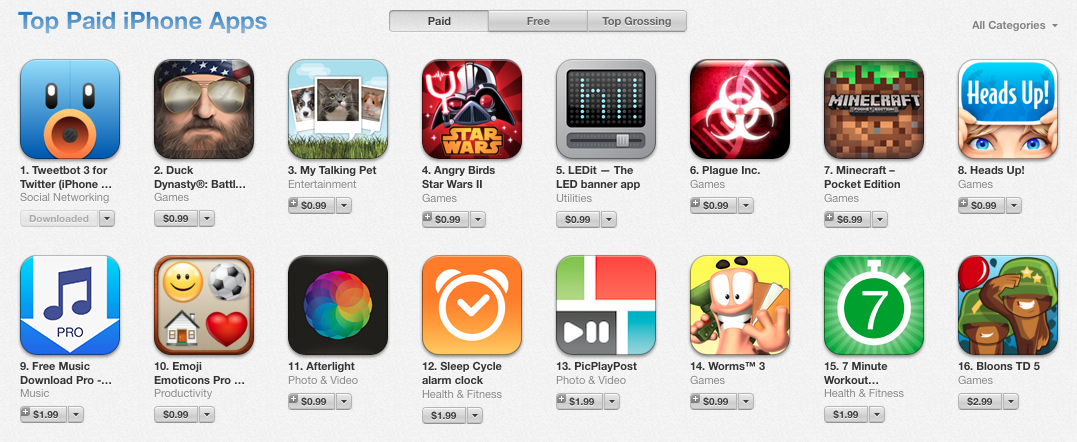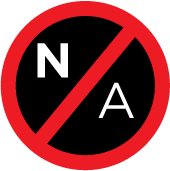It's not about the price of your app

For good or for bad, we've long-since moved to a scenario where most successful smartphone apps are free or extremely cheap. Some developers get around this by creating various in-app purchase schemes ranging from benign to devious.
This week, Tweetbot 3 for iOS7 was released at the introductory price of just $3 and the Verge just about had a conniption. Neven Mrgan, a designer with several apps available in the App Store, rightly points out that $3 is not a lot of money. If you can afford $1,200 or so a year for phone service, presumably you can find $3 to fritter away on an app, even if you end up hating it.
But, clearly, the median smartphone user doesn't think of apps this way. To most customers $0.99 is too much to spend on an app they might use once and discard, or that they'll use everyday but which will subsequently be offered free.
I contend that they're right. And not just in a "the customer is always right" kind of way. Certainly some developers can make a decent living off of customers like me, who will try something just because it's new or just to see what John Gruber was raving about. But for your average consumer, there's no reason to spend money on an app if there's a free alternative (and there's always a free alternative).
Even with this reality, most developers don't have a pricing problem, but a marketing problem. Either the market for their app is smaller than they thought, or they need to do more to get the word out.
Marco Arment says the market for mass market paid apps is dead, but I'm not sure it ever really existed. The realities of mass versus niche marketing have ultimately persisted across all the different platforms human innovation has thrown at it. In a blog post a few years ago, Joel Spolsky called software meant for the masses "horizontal," which he defined as such:
"Horizontal means that it can be used by people from all walks of life. Word processors and web browsers are horizontal. The software your dentist uses to torture you with drills is vertical."
You can't charge much for mass-market software, he goes on to say, "because you’re competing with other horizontal products that can amortize their development costs across a huge number of users."
There was a time when "not much" still meant tens of dollars. But it also meant razor-thin margins and profits lost to expensive physical production and distribution. Those expenses also raised barriers to entry, which helped ease some of the downward pressure on prices.
If your app is good and not making much money, it's tempting to price it lower to buy attention, but that's not the only way to do it. The question to answer is whether the market for your app is big enough to make that investment.

